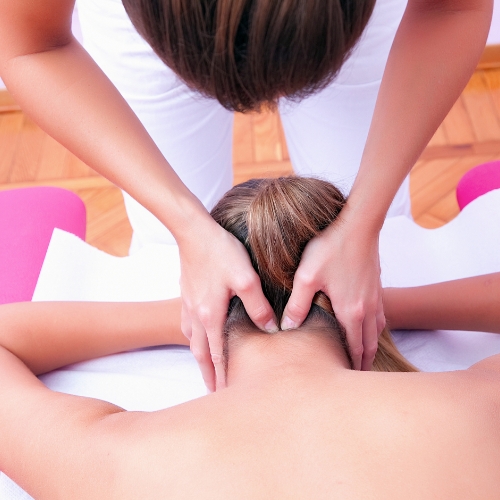Have You Heard of the Benefits of the Maitland Approach?
The Maitland approach was coined by Geoffrey Maitland, who was known by his colleagues as a pioneer of musculoskeletal physical therapy. This approach can focus on either the spinal or peripheral joints, as needed by the patient.
As a specific type of manual therapy, the Maitland approach focuses on manipulating certain areas in ways to best fit the needs of the client. In fact, according to Physiopedia, the Maitland approach can be defined as follows:
“The Maitland Concept of Manipulative Physiotherapy [as it became to be known], emphasises a specific way of thinking, continuous evaluation and assessment and the art of manipulative physiotherapy (“know when, how and which techniques to perform, and adapt these to the individual Patient”) and a total commitment to the patient.”
Are you interested in learning more about the Maitland approach and how it can be targeted toward your specific needs to benefit you? If so, contact Hands On Physical Therapy today!
What should I know about the maitland approach?
The Maitland approach focuses on manual therapy and mobilization, meaning that your physical therapist will use his or her hands to move, manipulate, and provide pressure to the area(s) in need.

At Hands On Physical Therapy, our physical therapists are movement experts, and a thorough evaluation will be done to determine which areas are in need of treatment and what methods will work best for aiding in recovery.
With the Maitland approach, your physical therapist will look at several different areas of concern when developing the best treatment plan for needs. Physiopedia defines these areas of concern as follows:
- Accessory Movement – Accessory or joint play movements are joint movements which cannot be performed by the individual. These movements include roll, spin and slide which accompany physiological movements of a joint. The accessory movements are examined passively to assess range and symptom response in the open pack position of a joint. Understanding this idea of accessory movements and their dysfunction is essential to applying the Maitland concept clinically.
- Physiological Movement – The movements which can be achieved and performed actively by a person and can be analysed for quality and symptom response.
- Injuring Movement – Making the pain/symptoms ‘come on’ by moving the joint in a particular direction during the clinical assessment.
- Overpressure – Each joint has a passive range of movement which exceeds its available active range. To achieve this range a stretch is applied to the end of normal passive movement. This range nearly always has a degree of discomfort and assessment of dislocation or subluxation should be acquired during the subjective assessment.
Get started today
Are you ready to get started on a streamlined treatment plan, designed specifically for your needs? Contact Hands On Physical Therapy to get started with the Maitland approach! We’ll make sure you’re receiving the best treatments for your needs, so you can recover as quickly as possible.
Your Next Steps…
Request An Appointment
Receive A Custom Treatment Plan
Work Hard and Progress In Your Recovery
Recover and Enjoy Life Pain-Free!

